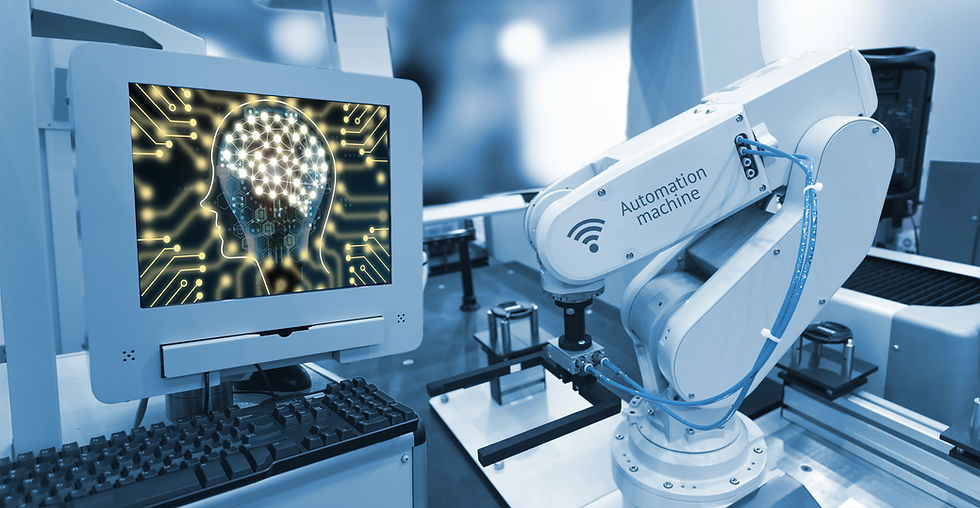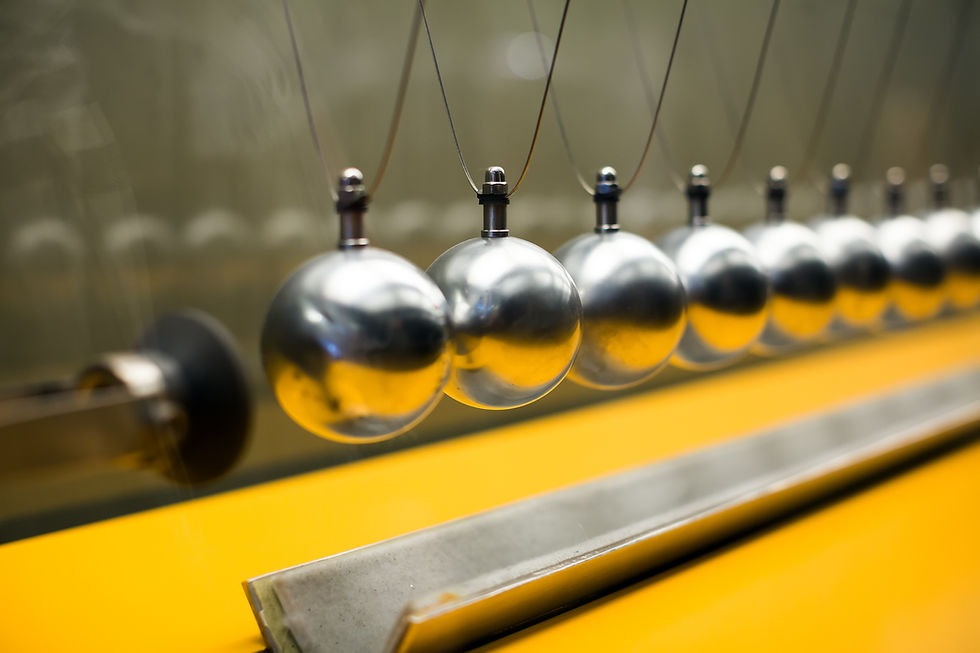The Impact of AI on the Earth
- Achyuth Botney
- Mar 3, 2021
- 4 min read

There are many uses for AI, ranging all the way from small helpers like Alexa or Siri to AI that assists with medical diagnosis. AI can be extremely helpful and will continue to advance if we continue working on it. As Oren Etzioni, the CEO of the Allen Institute for Artificial Intelligence, said, “AI is a tool, the choice about how it gets deployed is ours”. There is no doubt that AI could help us in many ways, but some argue that there are too many potential dangers. For example, AI could help with boring tasks that humans no longer wish to perform, and although this frees up more time for us to do what we would like, this could also lead to job loss due to a lack of need for actual people.
AI was a widely used buzzword throughout the last decade because many companies and countries put resources into researching and developing AI. AI is being integrated into almost everything from our phones, TVs, cars, etc. However, this has many people worried; will AI soon take over the workforce, leaving people out of jobs? Will AI become sentient enough to destroy humanity like in movies such as The Terminator? Today, we are going to explore what AI is and if it is, at the end of the day, a good thing or a bad thing. When talking about the AI of today, we are really talking about the idea of machine learning. Machine learning, according to James Vincent from The Verge, “...is a subfield of artificial intelligence, and one that encompasses pretty much all the methods having the biggest impact on the world right now.”
Machine learning is a way programmers used to have an algorithm or artificial intelligence improve itself at the task it was made to do. For example, if you wanted to make an AI software that can recognize a certain object when given a selection of pictures; it would be tedious and almost impossible for the programmer to program in every single characteristic, so the AI is let to find its own patterns, and the programmer tinkers with the algorithm until the success rate is where they want it. McCulloch and Pitts created a model of the first artificial neurons. These artificial neurons are used to replicate the way humans learn so that AI can develop and advance over time. The McCullock-Pitts model, also known as the linear threshold gate, is a neuron of a set of inputs and one output. The model classifies the input into two different classes, in other words, a binary output. Also, it has precise mathematical computation. Although the McCulloch-Pitts model is simple, it has substantial computing potential.
Alan Turing wrote a famous paper not only about computer machinery but also about their intelligence. He is known to be the first person to strike up the question “Can machines think?”
The spatial-numerical association of response codes was built by Minsky and Edmund in 1956. The SNARC is an example of the spatial organization of magnitude information. Study shows that smaller numbers are associated with the left extra personal hemiside of their surroundings, and bigger numbers use the right extra personal surroundings. The association itself can be implicit (i.e., its existence is measured indirectly, for instance, in reaction time patterns, response accuracies, or physiological signatures of neural processing) or explicit (i.e., it is observed in some overt behavior).
What if there were no AI? Everyone could always use a quick way to check the weather or find a quick recipe. But those tasks are not even close to what AI could be capable of if people continued working on them. So that is where the big question lies; do we keep the helpful AI companions, or do we get rid of AI before it continues to advance and possibly pose a threat to us?
Though AI now has a very close relationship with virtually everything we do nowadays, it is still hard to tell where the technology will go from here. There is still so much for us to learn. As James Vincent from The Verge said, “On the research side, there are huge numbers of avenues to explore within our existing knowledge, and on the product side, we’ve only seen the tip of the algorithmic iceberg” (Vincent). The form of AI we have right now has kind of settled in a plateau of sorts. Experts say that machine-learning is going to be a part of everything we do and soon it will become normal, but we still see big people in the technology industry such as Elon Musk be fearful of AI. All we know is that we are a far away from creating full sentient AI in the movies, but it is undeniable that as of right now, AI serves as a huge advancement in many industries when compared to where they were a decade ago. The technology is going to get better and better and if it is used responsibly, it can be a force of tremendous good.
Sources
“Five Experts Share What Scares Them the Most About AI.” Futurism, 5 Sept. 2018, futurism.com/artificial-intelligence-experts-fear.
Friend, Tad. “How Frightened Should We Be of A.I.?” The New Yorker, 8 Oct. 2019, www.newyorker.com/magazine/2018/05/14/how-frightened-should-we-be-of-ai.
Latonero, Mark. “Opinion: AI For Good Is Often Bad.” Wired, 18 Nov. 2019, www.google.com/amp/s/www.wired.com/story/opinion-ai-for-good-is-often-bad/amp
Talty, Stephan Illustrations By Jules Julien. “What Will Our Society Look Like When Artificial Intelligence Is Everywhere?” Smithsonian Magazine, 21 Mar. 2018, www.smithsonianmag.com/innovation/artificial-intelligence-future-scenarios-180968403.
Vincent, James. “The State of AI in 2019.” The Verge, 28 Jan. 2019, www.theverge.com/2019/1/28/18197520/ai-artificial-intelligence-machine-learning-computational-science.



Comments